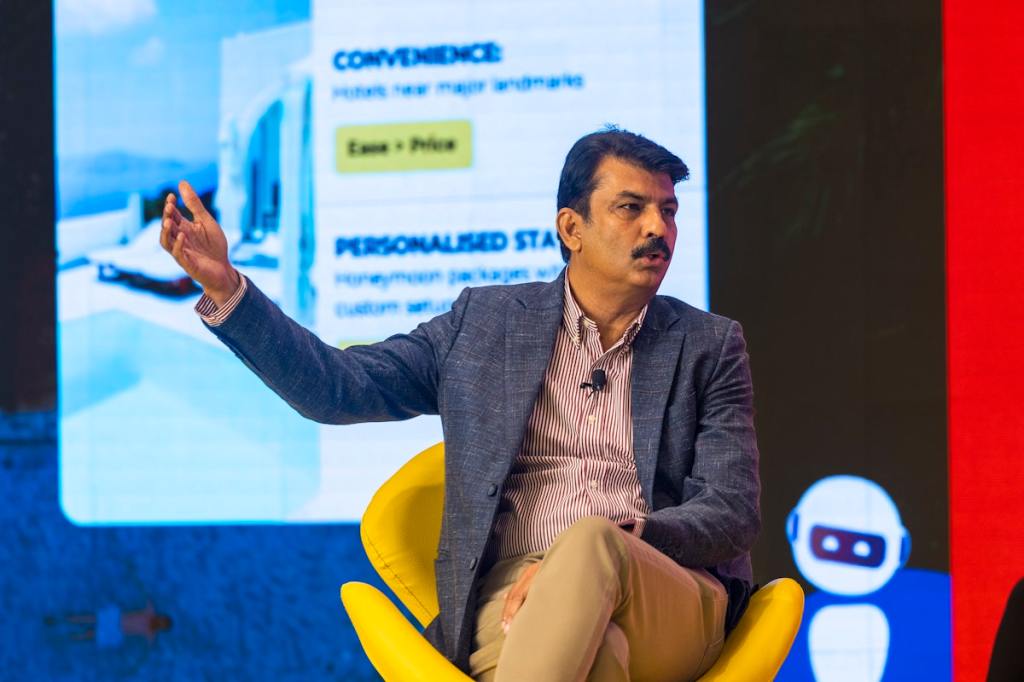
Twenty-five years ago, planning a trip in India was an exercise in patience. Travelers relied on neighborhood travel agents, flipping through bulky brochures and making endless phone calls just to book a hotel or flight.
Visiting a destination before confirming a stay was common, and people trusted human intermediaries more than digital platforms.
“The biggest challenge that internet-based models were trying to solve for the consumers at that point in time was threefold: Convenience, selection and transparency,” Rajesh Magow, co-founder and group CEO of MakeMyTrip, told Skift.
On the occasion of the online travel company completing 25 years in business this year, Magow talked about what convinced millions of skeptical Indian travelers to shift from traditional travel agents to online platforms like MakeMyTrip.
The Dot-Com Boom: In 2000, internet penetration in India was less than 1% and e-commerce was a foreign concept. The earliest adopters of online travel weren’t domestic customers but rather non-resident Indians (NRIs) looking for a convenient way to book flights to and from India.
Magow recalls the challenges of those early days: “From 2000 to 2005, we ended up surviving on the back of U.S.-India travel corridor.”
Opening Up of the Indian Skies: A pivotal moment in India’s travel evolution was the emergence of low-cost airlines as flying was considered a luxury. The arrival of Air Deccan, followed by IndiGo, SpiceJet, and GoAir, changed everything.
“When the skies opened up and fares became affordable, the domestic aviation market expanded hugely. IndiGo is a live example of that,” Magow said.
While the ease of purchasing tickets online was a major breakthrough, one of the biggest challenges for OTAs l



